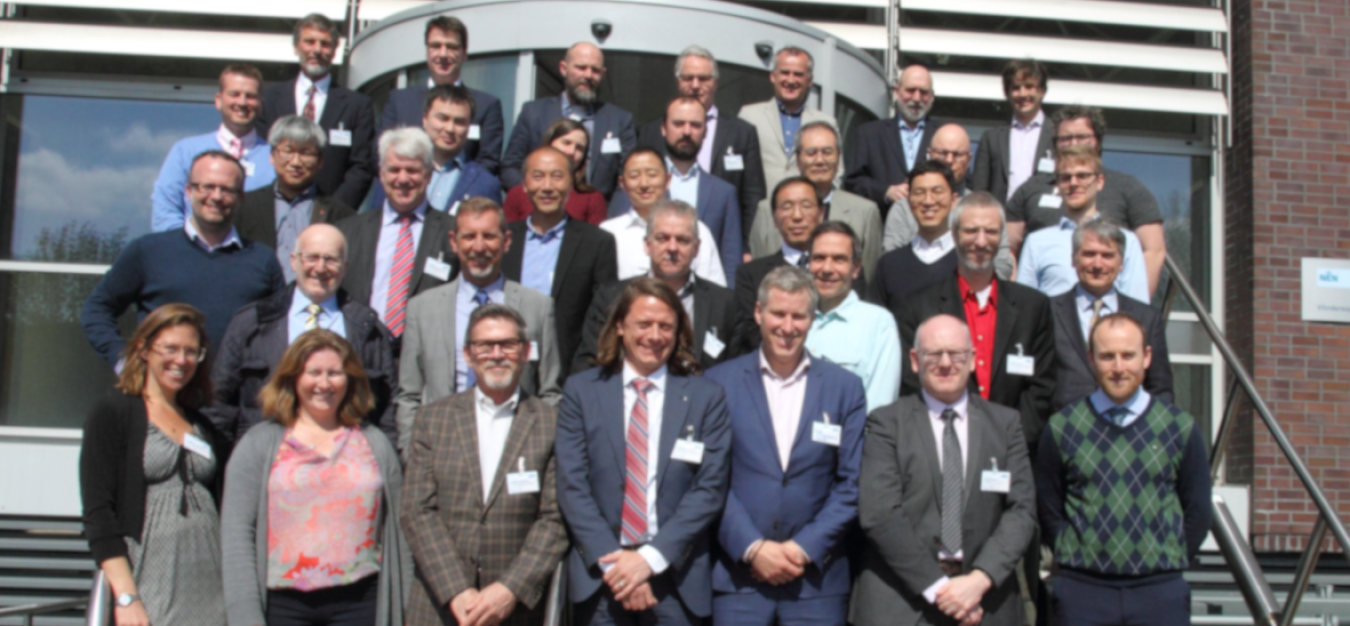
What are International Standards?
International Standards are technical specifications and documents written by experts from across the globe to describe best practices, based on industry experience, for how a device should be designed, built, and/or operated to be safe, compatible, and interoperable. For marine energy, standards exist or are being developed to characterize features such as power performance assessments and acoustic characterization, among others. International Standards are not mandatory unless they are adopted as part of a certification scheme, regulatory process, and/or are referenced as a prerequisite as part of a funding solicitation.
What are the benefits of standards?
Standards have many benefits for the public and private sector, especially in rapidly evolving industries like marine energy. Standards can accelerate economic growth by reducing barriers to global trade and enabling companies to more quickly and cost-effectively enter new markets. Additionally, standards can help governments write regulations that have the input of the industry and ensure safety for consumers. Standards also facilitate international collaboration, provide high-quality, reproducible test results, improve the quality of the devices, stimulate innovation, lower development risk to investors, increase transparency to regulators and public, and, ultimately, reduce costs.
What is the IEC?
The International Electrotechnical Commission (IEC) is an international organization that publishes International Standards for all electrical, electronic, and related technologies, including marine renewable energy devices. IEC standards are consensus-based, meaning that the majority of the international experts have agreed upon the standard before it can move forward. The International Organization for Standardization (ISO) and the International Telecommunication Union (ITU) are similar organizations responsible for developing International Standards in other industries. All three standardization bodies (IEC, ISO, and ITU) coordinate when their standardization activities overlap.
Who belongs to the IEC?
Each country has a National Committee (NC) that coordinates their experts to participate on technical committees (TCs). The NCs are the IEC members, and the individual people that participate on the technical committees are the experts. Experts typically work in the industry for which they are writing the standards, and can be from the private sector, academia, national labs, and government. Currently, over 20,000 experts from 172 countries participate in the IEC.
In the United States, the American National Standards Institute (ANSI) manages the United States National Committee of the IEC (USNC/IEC). The U.S. Technical Advisory Group (US TAG) is organized under and works closely with the USNC/IEC and serves as the convening body for U.S. experts to participate on Technical Committees to create International Standards.
What is IEC TC 114?
IEC TC 114, Marine energy - Wave, tidal and other water current converters, was established in 2007 to develop international, consensus-based standards for the marine energy industry. The largest marine energy companies are represented by over 190 experts from 27 countries on IEC TC 114, which has published over 10 technical specifications for marine renewable energy, including design, resource characterization, acoustic characterization, moorings, and power performance assessment.
How is the Water Power Technologies Office Involved?
The Water Power Technologies Office supports IEC TC 114 by providing funding for the National Renewable Energy Lab (NREL) and Sandia National Lab (SNL) to support and manage the U.S. TAG. As additional International Standards for marine renewable energy devices are developed, WPTO will continue to incorporate these into program activities.

